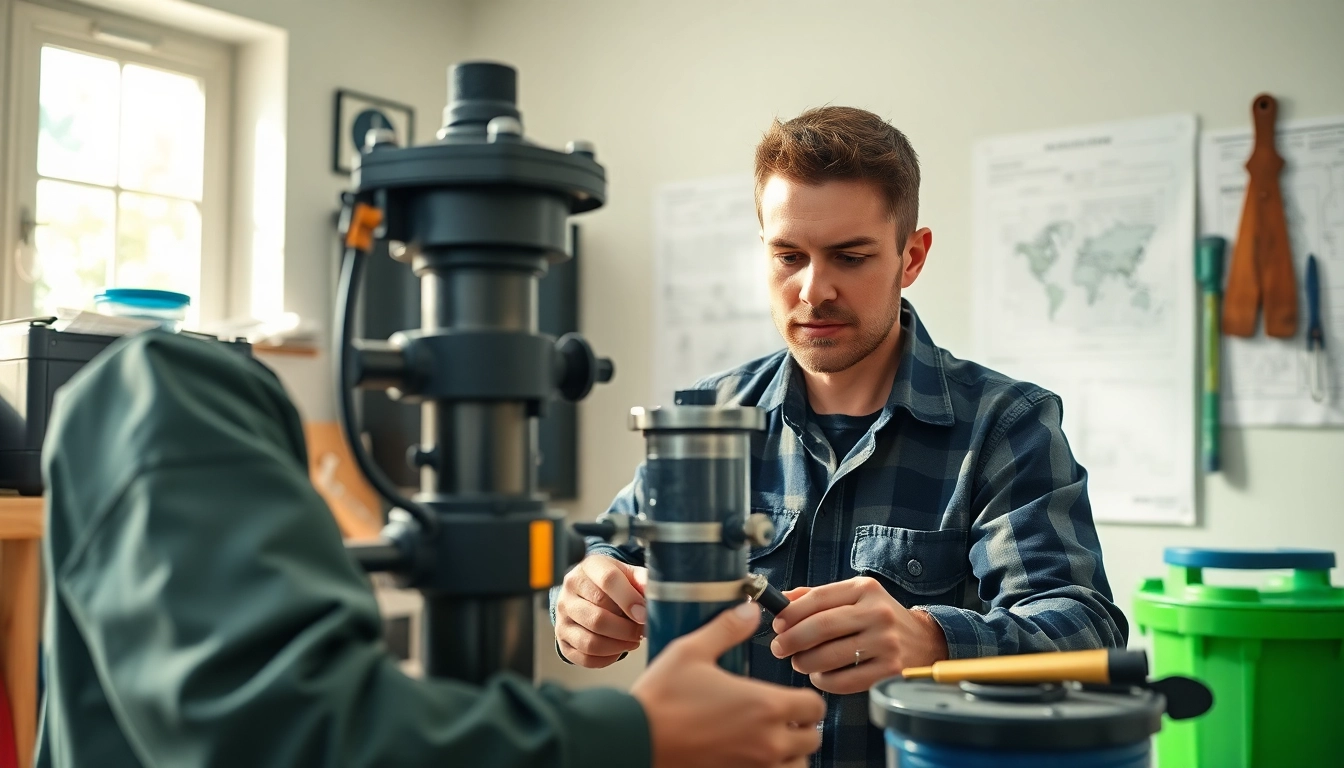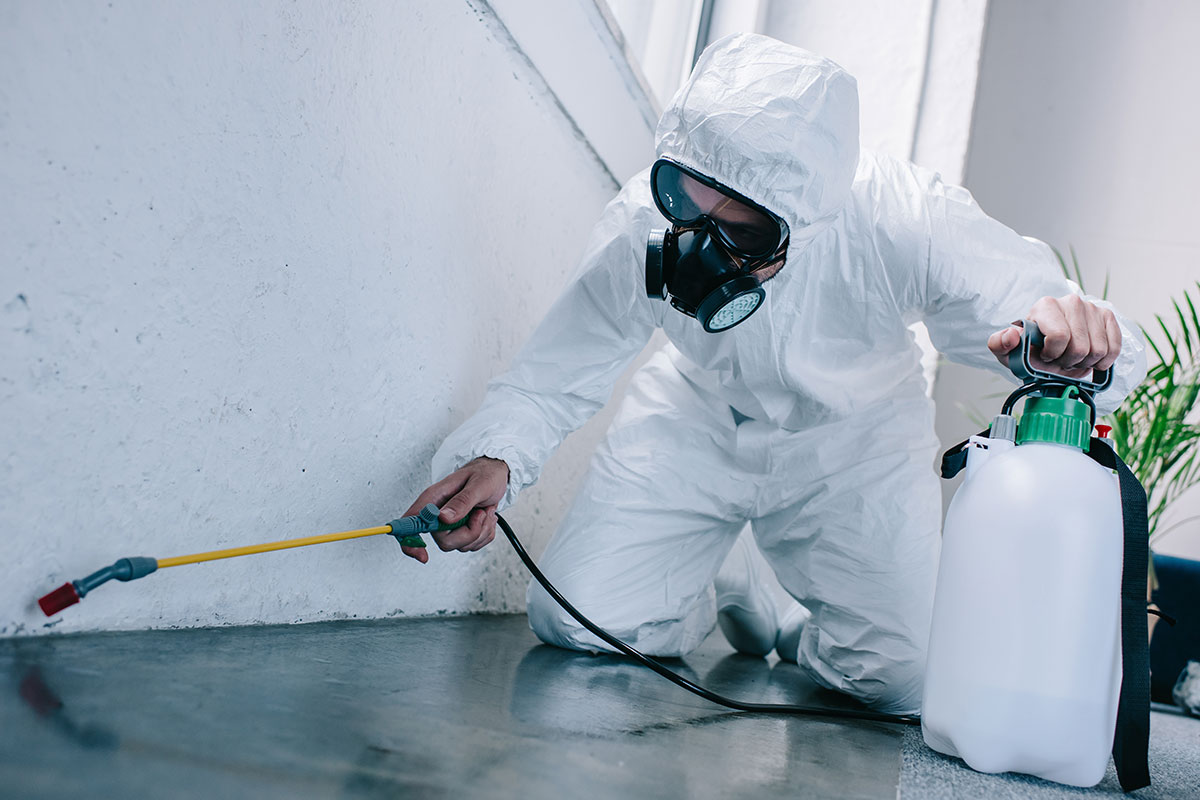
Understanding Well Pumps and Their Importance
What is a Well Pump?
A well pump is a critical component in the water supply system for many homes, especially those located in rural or less populated areas. Its primary function is to extract water from a subterranean aquifer and deliver it to the surface for household use, irrigation, and other needs. Without a properly functioning well pump, access to clean and reliable water can be severely compromised, making it essential for homeowners to understand their well pump systems.
How Well Pumps Function
Well pumps operate using a simple principle: they create a vacuum to pull water from the underground. There are different types of well pumps, primarily categorized into submersible and jet pumps. Submersible pumps are installed underwater within the well casing, while jet pumps are located above ground and use suction to draw water up from the well. Regardless of the type, it’s crucial that the pump operates efficiently to ensure consistent water pressure and quality.
Signs You Need a Well Pump Replacement
Recognizing when your well pump needs to be replaced can save you considerable time and expense. Common signs include:
- Inconsistent water pressure or weak water flow.
- Strange noises or vibrations coming from the pump.
- Discolored or foul-smelling water.
- Frequent need for repairs and increased electricity usage.
If you notice any of these issues, it’s advisable to assess your well pump’s condition and consider well pump replacement lacey wa services if necessary.
Why Choose Professional Well Pump Replacement in Lacey WA
The Benefits of Professional Services
Opting for professional well pump replacement services offers several advantages for homeowners. Certified technicians bring invaluable expertise to the table, ensuring that the replacement process adheres to safety standards and regulations. They can recommend the most suitable pump type based on your household needs, and their experience allows them to troubleshoot issues efficiently, safeguarding against future complications.
Common Mistakes to Avoid When Replacing a Well Pump
Homeowners often make several common mistakes when considering well pump replacement, including:
- Choosing the wrong pump size, leading to inefficiency.
- Failing to assess the depth and capacity of the well.
- Neglecting to conduct proper installation, which can affect the pump’s performance.
- Ignoring local regulations regarding well pump installations.
By enlisting the help of professionals, you can minimize these potential pitfalls and ensure a seamless pump replacement experience.
Cost Considerations for Replacement Services
The cost of replacing a well pump can vary significantly depending on several factors, including the type of pump, depth of the well, and the complexity of the installation process. Homeowners should prepare for costs that encompass both the equipment and labor. In Lacey, WA, you can typically expect to spend anywhere from a few hundred to a couple of thousand dollars for comprehensive well pump replacement services.
Choosing the Right Well Pump for Your Needs
Different Types of Well Pumps
Understanding the various types of well pumps is essential for making an informed decision. The most commonly used pumps are:
- Submersible Pumps: These are submerged in the water and are known for their efficiency and quieter operation.
- Jet Pumps: Best for shallow wells, these pumps are installed above ground and work by creating suction to pull water upward.
- Constant Pressure Pumps: Ideal for providing steady water pressure, these pumps automatically adjust based on demand.
Each type has its own set of advantages and limitations, making it crucial to choose one that best fits your well’s characteristics and your household’s water needs.
Factors Influencing Your Choice of Well Pump
Several factors should guide your choice of a well pump:
- Well Depth: The depth of your well will determine whether a submersible or jet pump is appropriate.
- Water Demand: Assess your household’s water usage to select a pump that can handle the flow and pressure required.
- Electric Supply: Ensure that your current electrical supply is compatible with the new pump type.
- Budget: Factor in both the initial purchase and long-term operating costs when making your selection.
Top Features to Look For
When selecting a well pump, consider the following features to ensure durability and efficiency:
- High energy efficiency ratings to reduce electricity costs.
- Durable materials that can withstand corrosion and wear.
- Built-in safety features such as overload protection.
- Warranty coverage for any potential defects or operational issues.
Choosing a pump with these features can enhance longevity and performance while providing peace of mind.
Steps Involved in Well Pump Replacement
Preparing for Replacement
Proper preparation can significantly streamline the replacement process. Here’s what you need to do:
- Turn off the power to the well pump to ensure safety during replacement.
- Locate the shut-off valve to stop the water flow from the well.
- Gather all necessary tools and equipment, including wrenches, pliers, and safety gear.
- Assess the existing pump setup and plan for any required modifications.
Taking these initial steps can help prevent delays and ensure a safe working environment.
The Replacement Process Explained
The replacement procedure typically involves the following steps:
- Remove the old pump from the well. This may involve pulling it out via a pipe or using a hoist if it’s deep.
- Inspect the well casing and components for any signs of damage or wear.
- Install the new pump according to the manufacturer’s instructions, ensuring all connections are tight and secure.
- Reconnect the electrical supply and turn the water back on to test the new pump’s functionality.
Each of these steps is crucial for a successful installation, resulting in better water flow and pressure from your well.
Post-Replacement Maintenance Tips
Once your well pump has been replaced, it’s essential to perform regular maintenance to ensure its optimal functioning:
- Check the pressure switch settings and adjust if necessary.
- Monitor water usage patterns to identify any irregularities that could indicate issues.
- Schedule annual inspections with a professional to assess the pump’s condition and surrounding systems.
- Keep the area around the well clean and free of debris to avoid contamination or damage.
By implementing these maintenance practices, you can extend the lifespan of your new well pump and ensure consistent water supply.
Looking Ahead: Ensuring Longevity of Your Well Pump
Regular Maintenance Practices
Establishing a routine maintenance schedule is vital for the longevity of your well pump. Regularly check components such as wiring, pressure tanks, and valves to ensure they are functioning optimally. Maintain a log of maintenance activities and any repairs made, as this can be beneficial for professional assessments.
When to Schedule Professional Inspections
While conducting regular maintenance is essential, it is equally important to schedule professional inspections at least once a year. These inspections can uncover hidden problems that might not be visible during routine checks. Professional technicians can also provide valuable insights on pump health and necessary upgrades.
Dealing with Common Well Pump Issues
Despite regular maintenance, well pumps can still encounter problems. Common issues include:
- Low Water Pressure: This could be due to leaks, blockages, or a failing pump.
- Pump Cycling: Frequent on-off cycling can indicate pressure switch issues or a malfunctioning tank.
- No Water Flow: This might signify a failed pump or a damaged well.
Understanding these issues allows homeowners to promptly address them before they escalate into more significant problems that could necessitate further replacement or extensive repairs.








